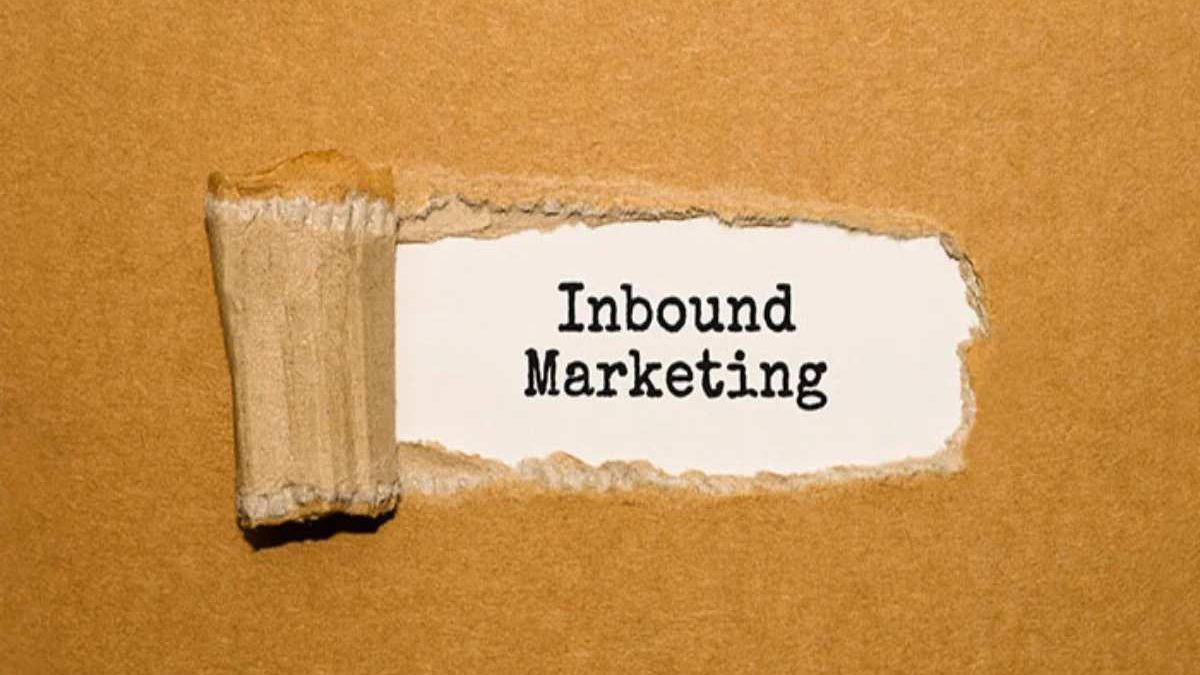Table of Contents
Introduction
Inbound marketing is a growth strategy focused on building long-term relationships with prospects, customers, and audiences by attracting them to your brand naturally. Instead of pushing messages through ads or cold outreach, inbound marketing “pulls” people in using SEO, content marketing, social media, video, and value-driven experiences.
The effectiveness of inbound marketing lies in the power of attraction. Unlike traditional outbound marketing—which interrupts audiences with promotions—inbound marketing creates reasons for people to find you on their own. This is achieved through helpful content, optimized websites, engaging social media presence, and personalized digital experiences.
What Is Inbound Marketing?
Inbound marketing is a customer-centric approach that attracts, engages, and delights audiences by delivering valuable content and solutions tailored to their needs.
One of the most effective ways to attract and retain visitors is by consistently publishing high-quality, relevant content. Brands that educate rather than sell tend to earn greater trust, stronger engagement, and repeat visits.
For example, if you are a graphic designer looking to attract potential clients, you might publish:
-
Design tutorials and how-to guides
-
YouTube videos explaining design best practices
-
Email newsletters focused on branding trends or tools
By solving problems before asking for a sale, inbound marketing positions your brand as a helpful authority.
What Is the Purpose of Inbound Marketing—and Why Is It Important?
Inbound marketing reduces the need for aggressive prospecting. When customers find you organically, you spend less time and money chasing leads.
It also builds trust. Research shows that over 80% of consumers research online before making a purchasing decision. Brands that consistently appear with useful, credible content are far more likely to win that trust—and the sale.
Key benefits include:
-
Lower customer acquisition costs
-
Higher-quality leads
-
Increased brand credibility
-
Long-term customer relationships
Inbound Marketing vs. Content Marketing
Inbound marketing and content marketing are closely related—but they are not the same.
Content marketing focuses on creating valuable content (blogs, videos, guides, FAQs) to educate or inform users.
Inbound marketing is a broader strategy that uses content marketing along with:
-
SEO and conversion optimization
-
Lead capture forms and CTAs
-
Email marketing and automation
-
Social media distribution
-
Customer journey mapping
In short, content marketing fuels inbound marketing—but inbound marketing turns content into measurable growth.
The Four Stages of Inbound Marketing
Inbound marketing works best when approached as a structured journey. The four key stages are Attract, Convert, Close, and Delight.
1. Attract
The attract stage focuses on bringing the right visitors to your website—people who are already searching for solutions you provide.
Effective Attract Strategies:
-
SEO & Blogging: Publish keyword-optimized blog posts that answer common questions your audience is searching for.
-
Social Media Marketing: Share educational posts, short-form videos, and carousel content on platforms where your audience spends time.
-
Video Marketing: Create explainer videos, tutorials, and short clips for YouTube, Instagram, or TikTok to increase reach and engagement.
The goal is not traffic volume—but relevant traffic that aligns with your business offering.
2. Convert
Once visitors land on your site, the next step is turning them into leads.
Conversion Tactics:
-
Lead Magnets: Offer free resources like ebooks, templates, checklists, or webinars in exchange for email signups.
-
Clear Calls to Action (CTAs): Use strong CTAs that guide users toward the next step—such as “Download Now” or “Get Started.”
-
Optimized Forms & Landing Pages: Keep forms simple and landing pages focused on a single goal.
Effective conversion turns anonymous visitors into identifiable prospects.
3. Close
At this stage, leads are nurtured into customers using personalized and automated strategies.
Closing Techniques:
-
Email Automation: Send targeted email sequences based on user behavior, such as abandoned cart reminders or product follow-ups.
-
CRM Integration: Track lead interactions to personalize offers and timing.
-
Behavior-Based Offers: Provide incentives like discounts, free trials, or consultations to move users toward a decision.
For example, abandoned cart emails are highly effective—over 45% are opened, and many result in completed purchases.
4. Delight
Inbound marketing doesn’t stop at the sale. The delight stage focuses on turning customers into loyal advocates.
Delight Strategies:
-
Personalized Thank-You Messages: Show appreciation through email or in-app messages.
-
Exclusive Offers & Loyalty Programs: Reward repeat customers with discounts or early access.
-
Feedback & Surveys: Collect insights to improve products and customer experience.
Happy customers are more likely to leave reviews, refer others, and continue buying from your brand.
Conclusion
Inbound marketing is essential in today’s digital-first, research-driven world. By focusing on attraction rather than interruption, businesses can build trust, generate qualified leads, and create lasting customer relationships.
When executed properly across all four stages—Attract, Convert, Close, and Delight—inbound marketing becomes a scalable, cost-effective strategy that delivers sustainable growth over time.

